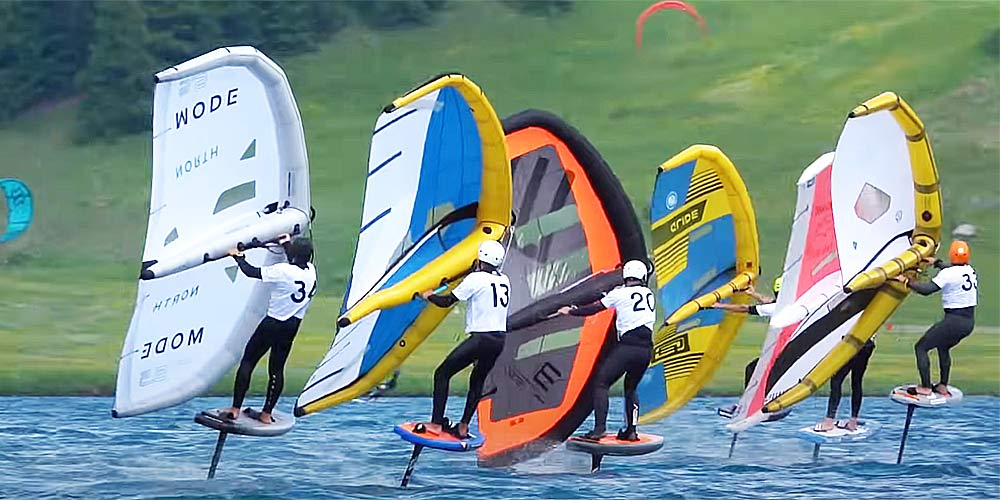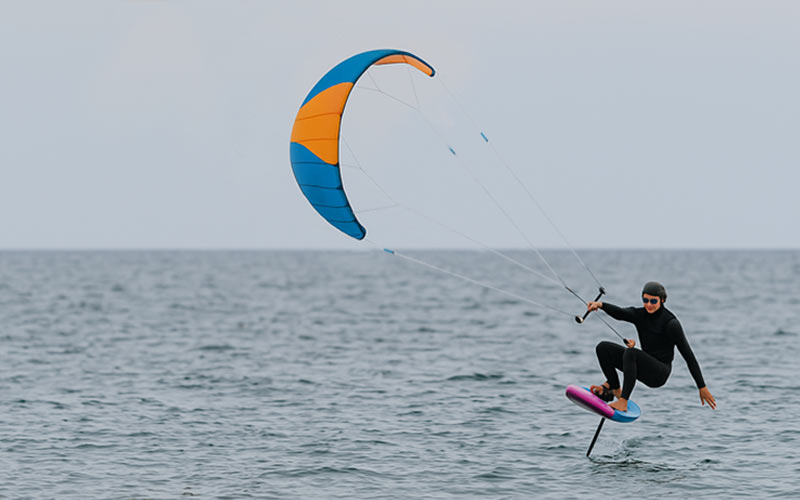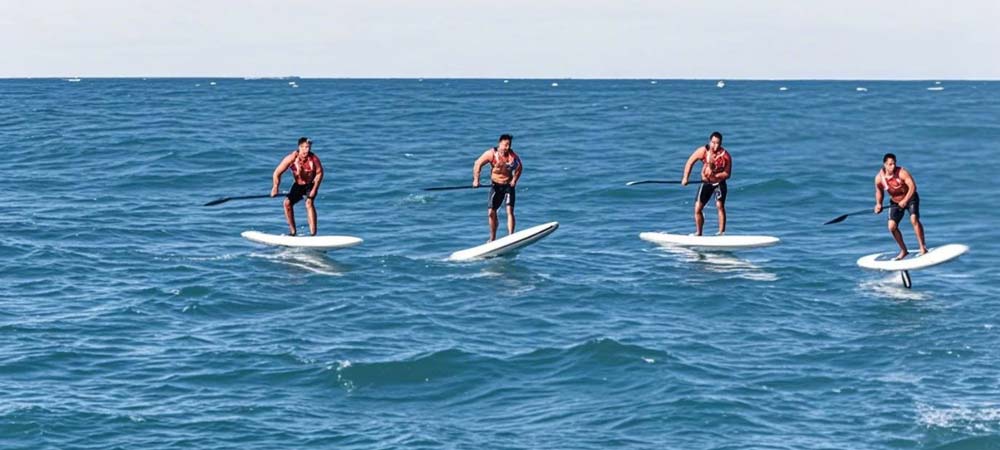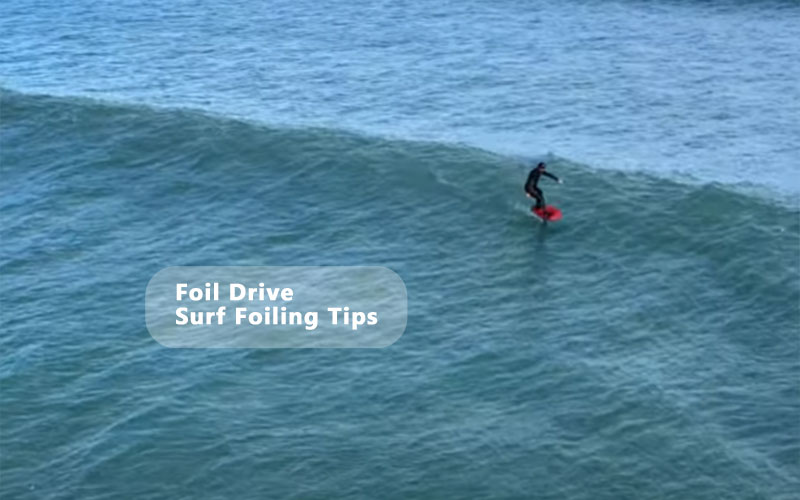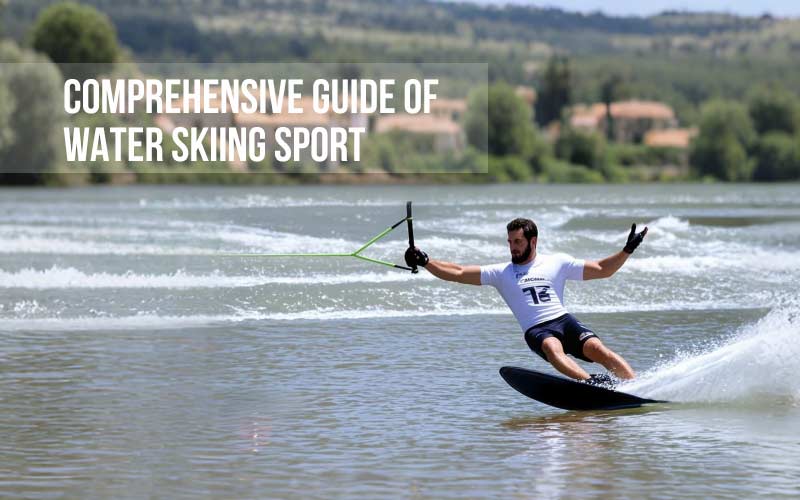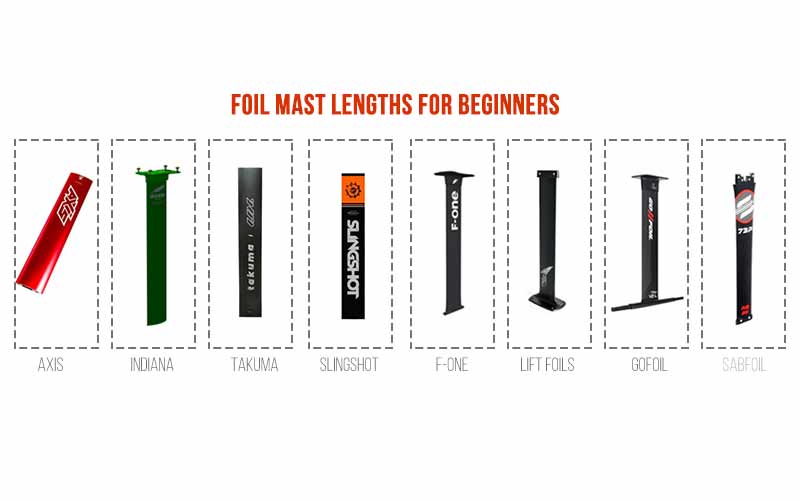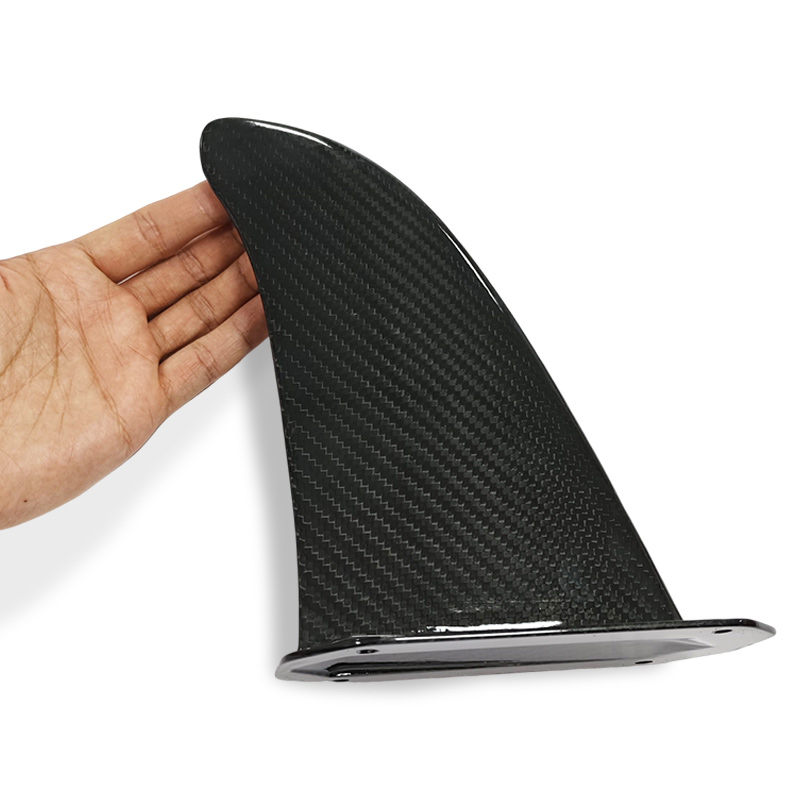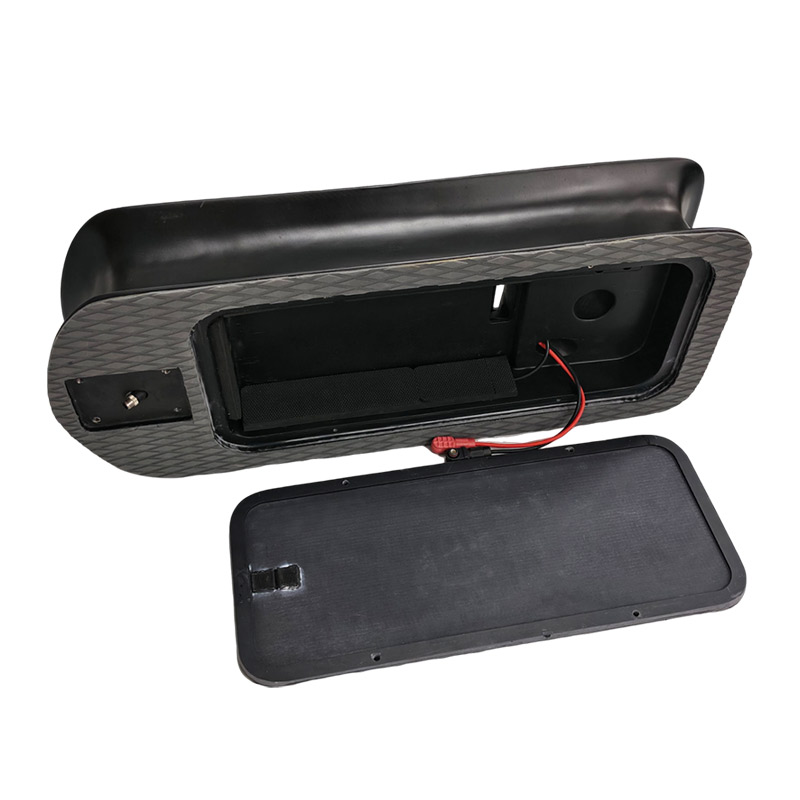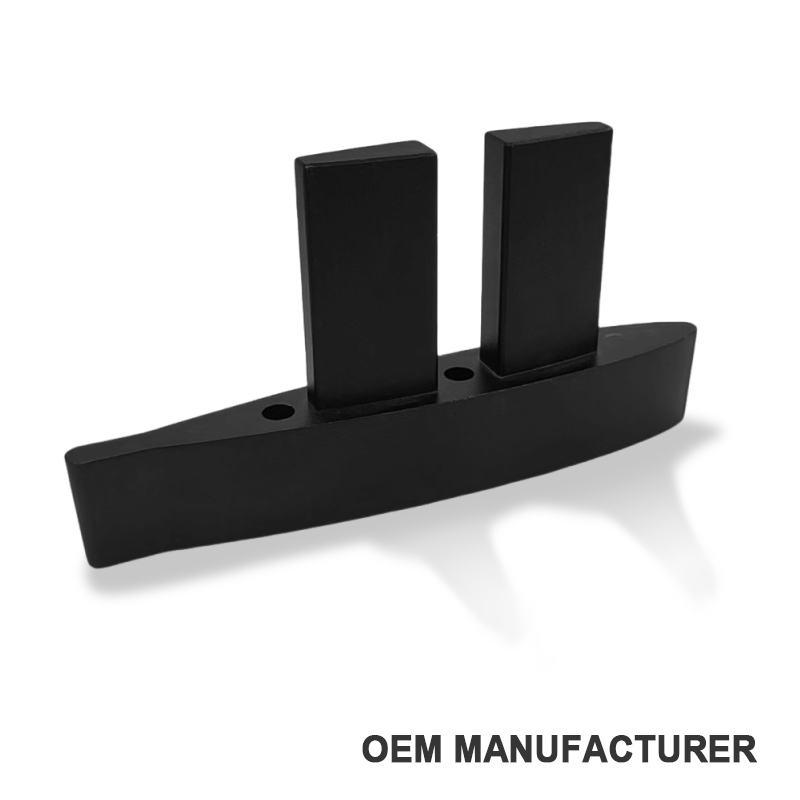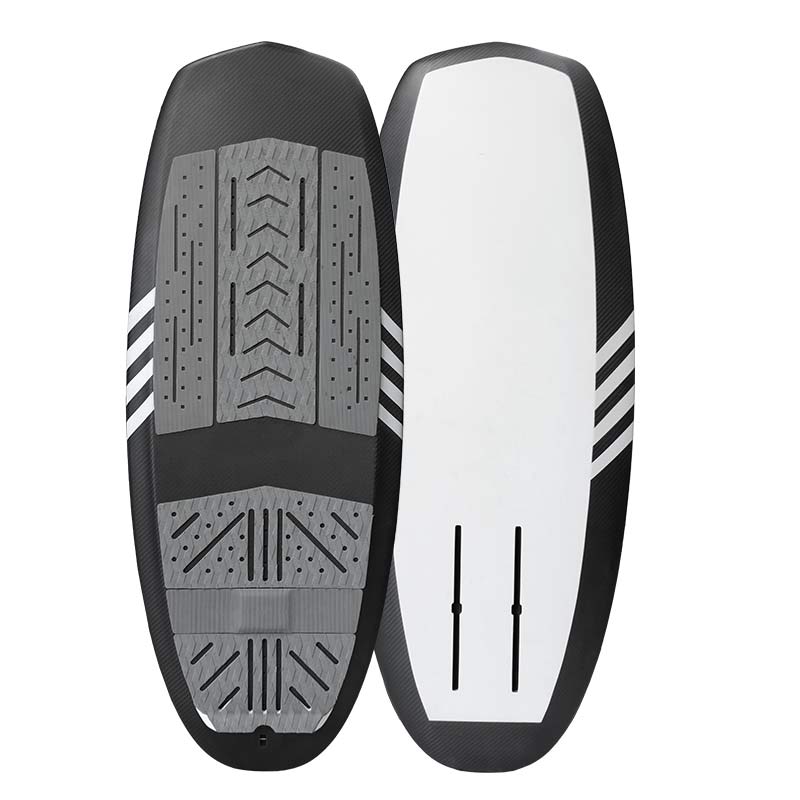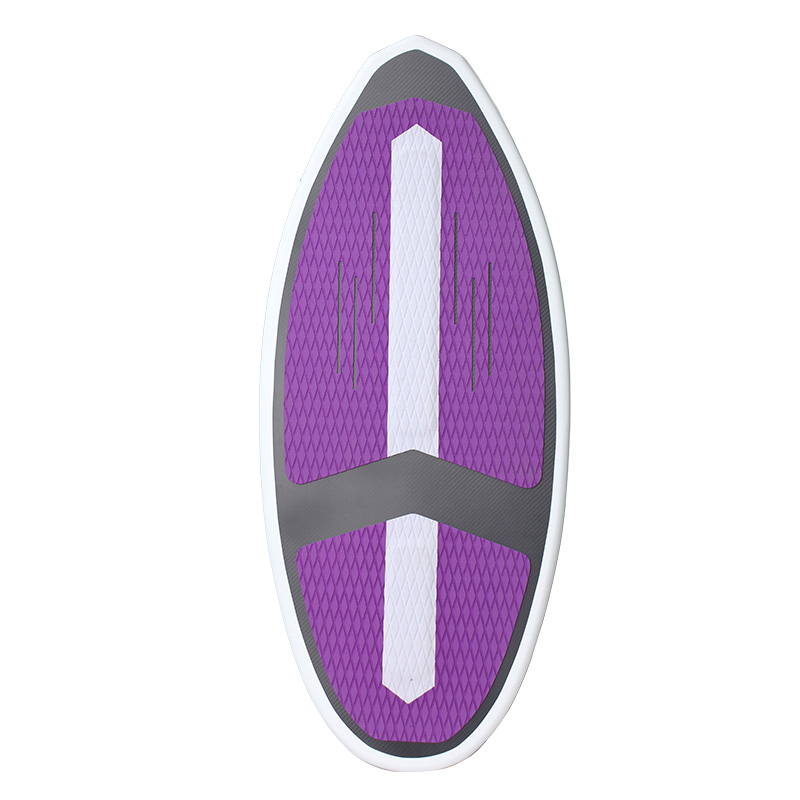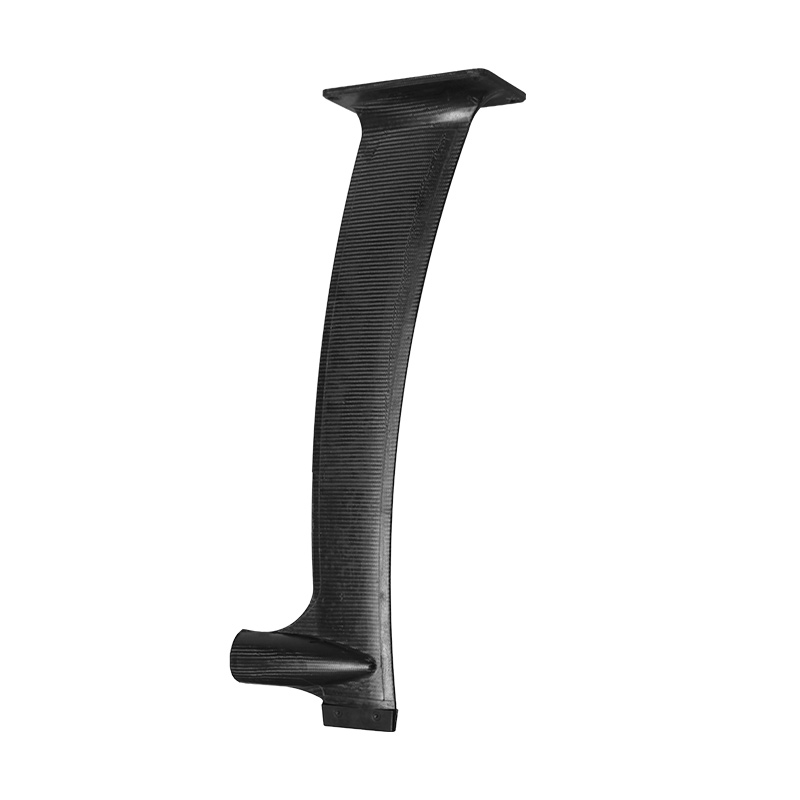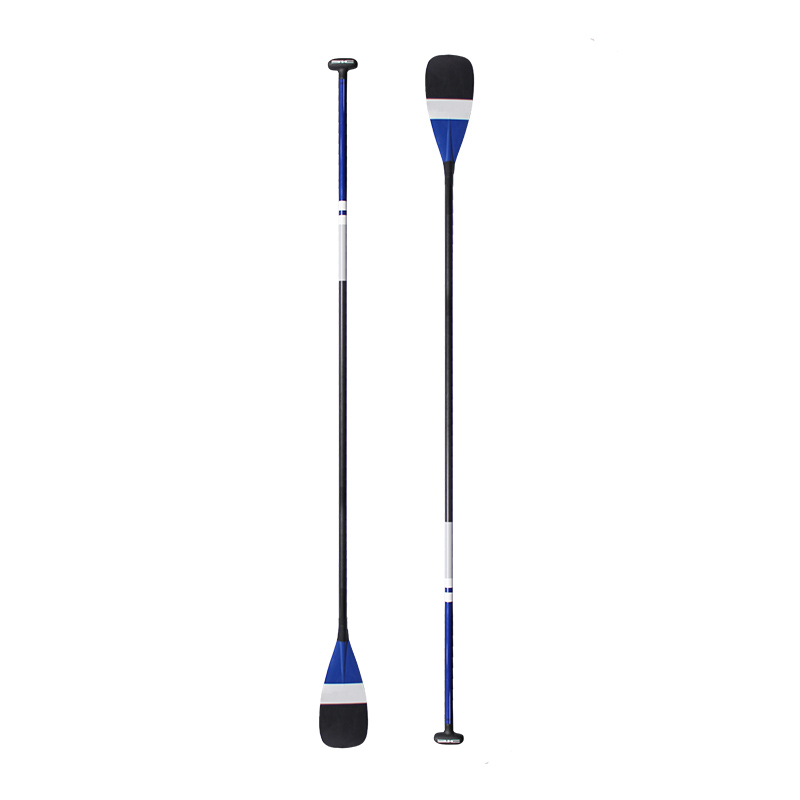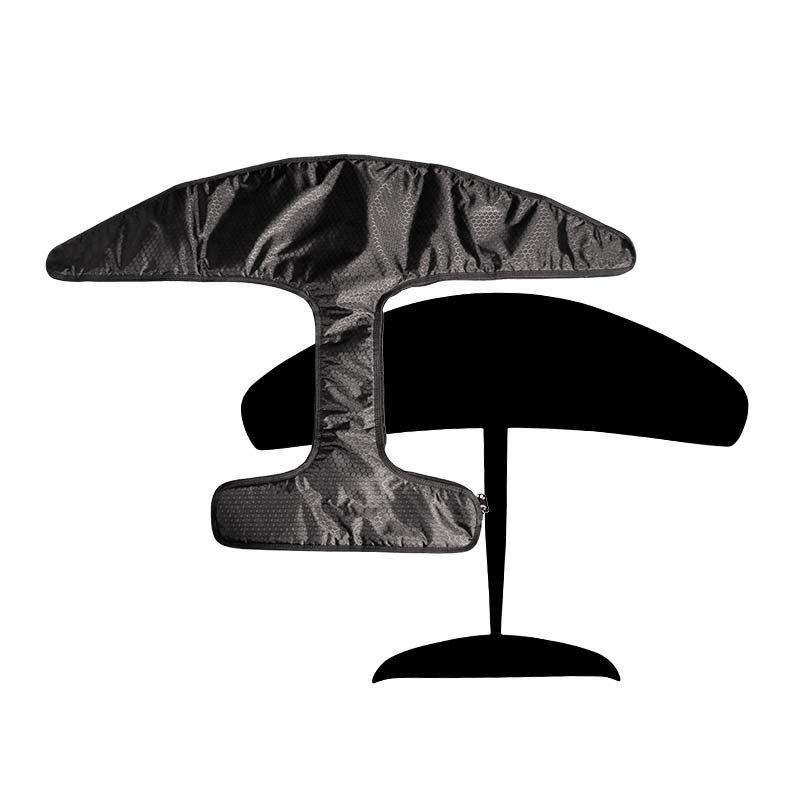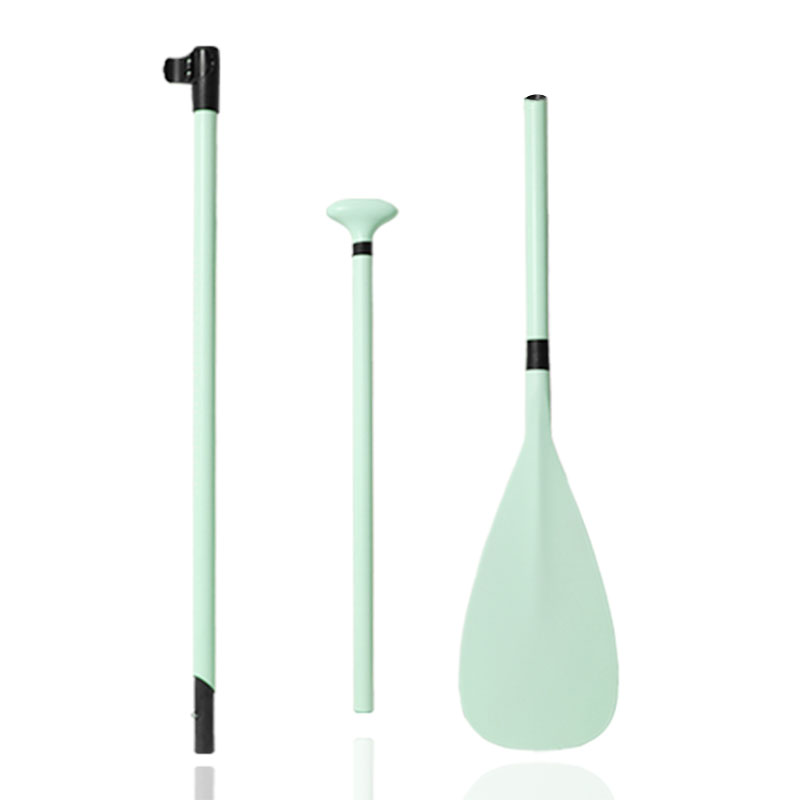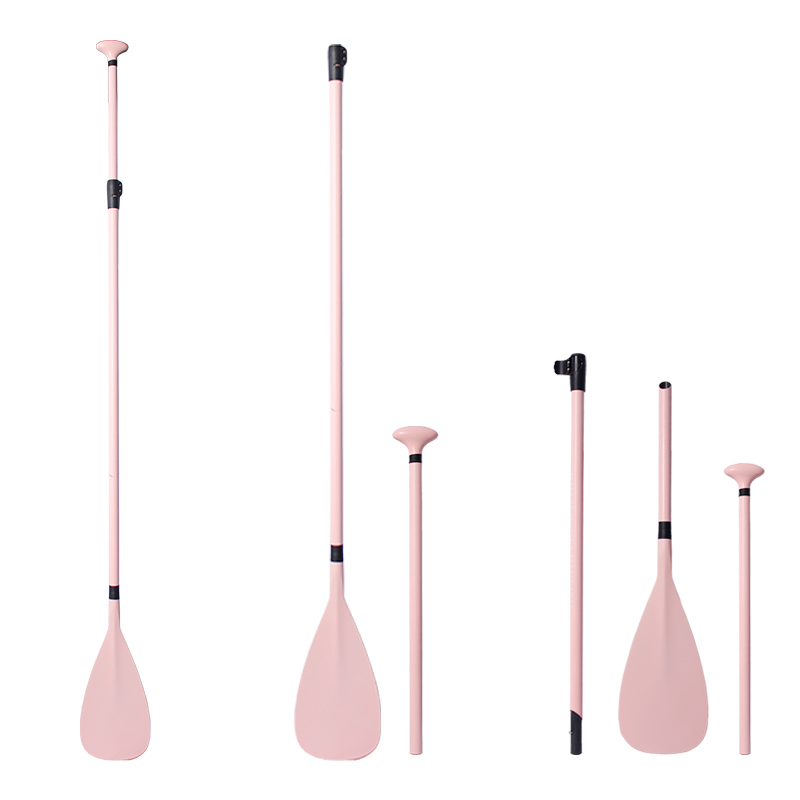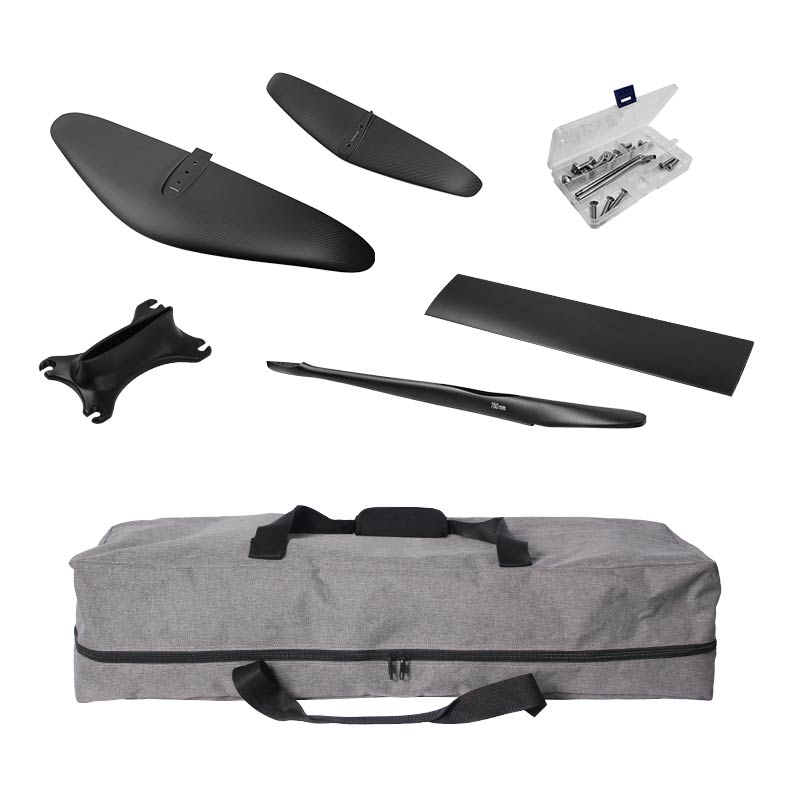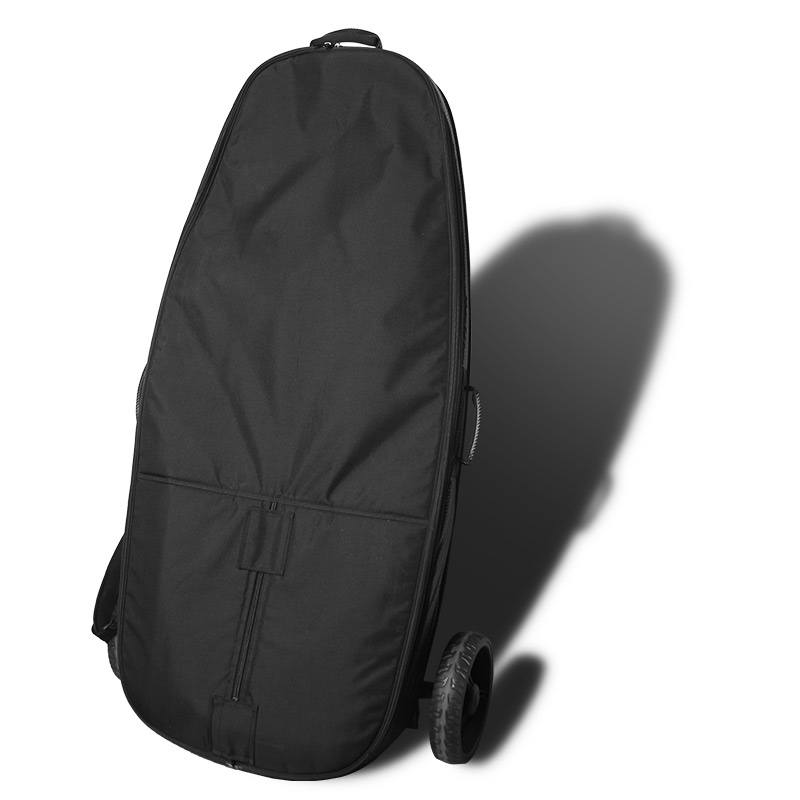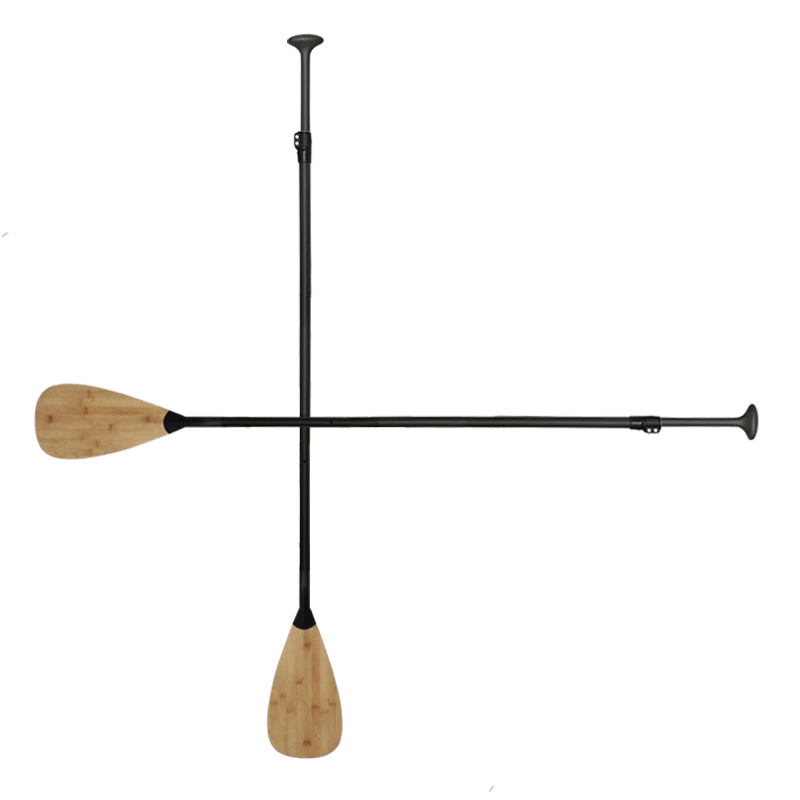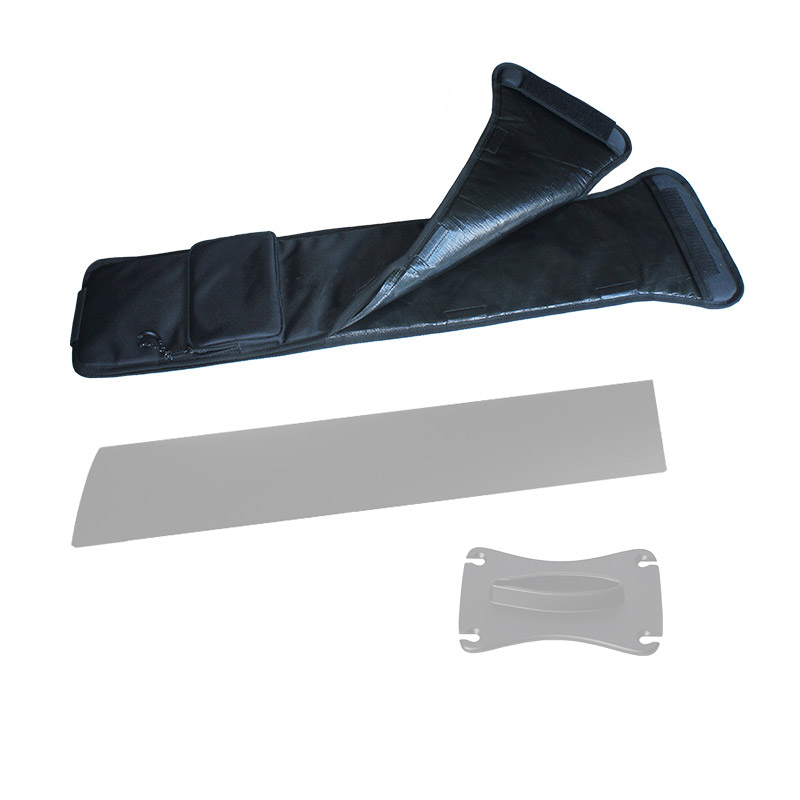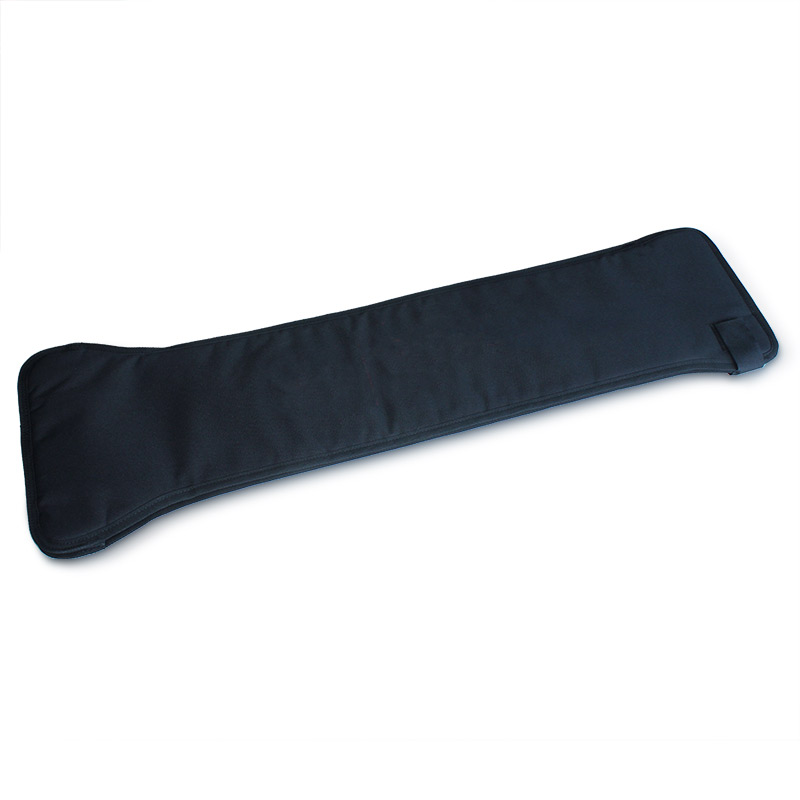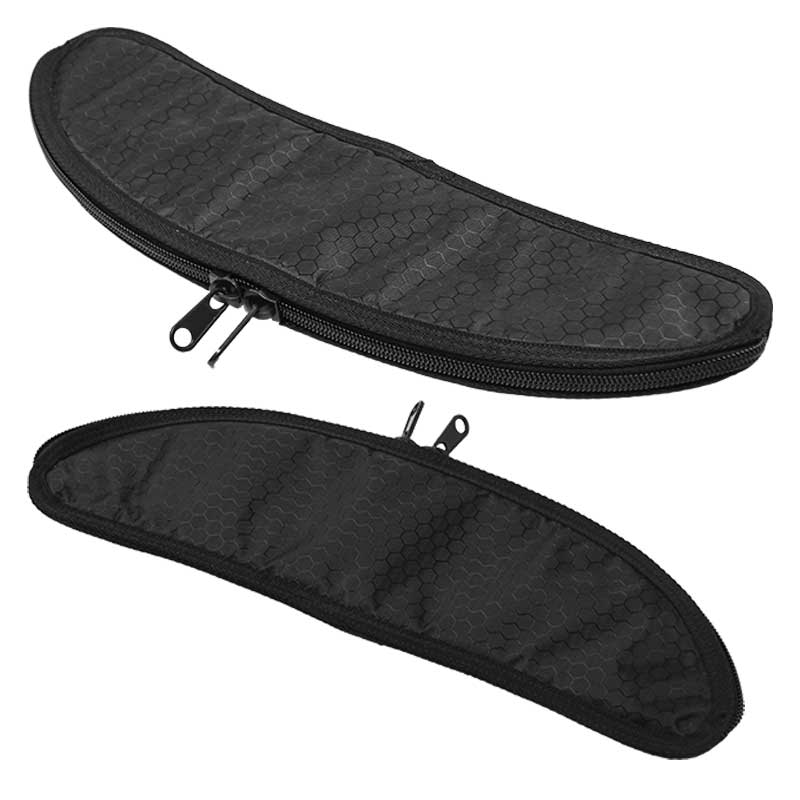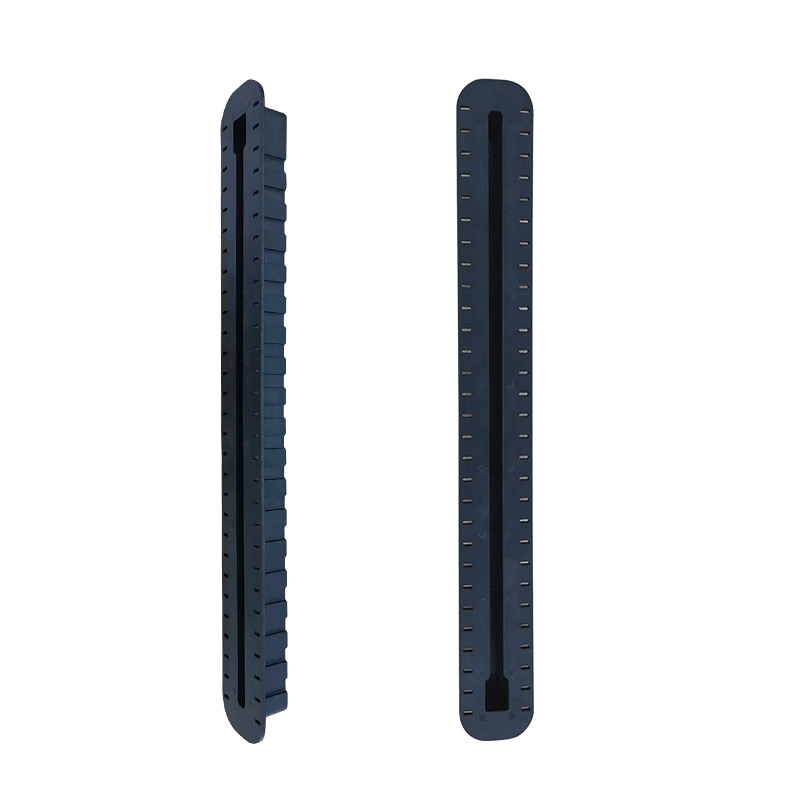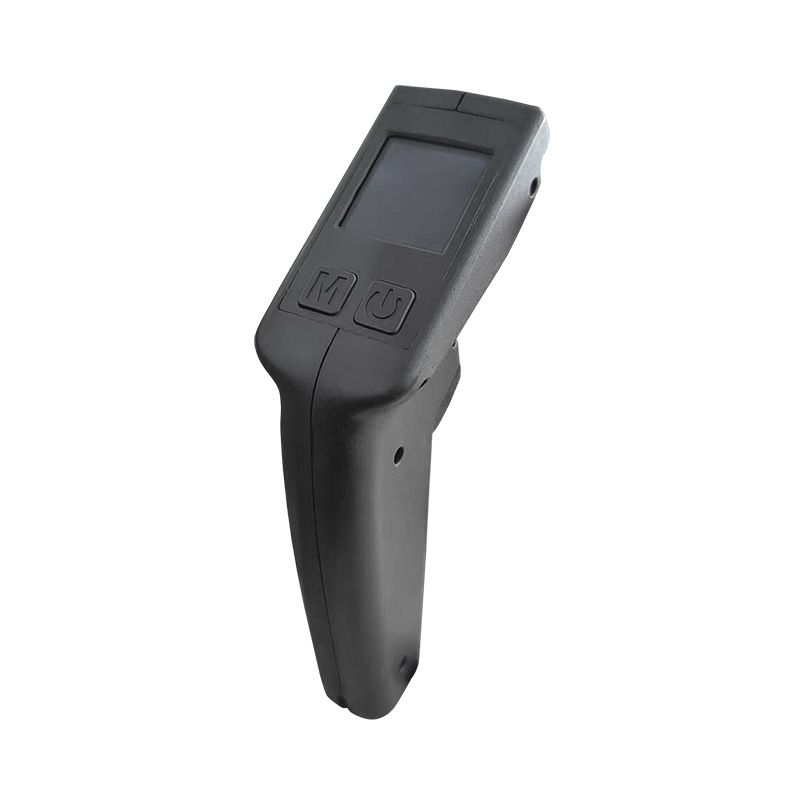Hello everyone, many people asked me about the surfboard fin problem this summer. So, today I will write an article about surfboard fin size & type, hope it will help people to know about it.
Surfing is not just a sport; it’s a way of life for many. Riding the waves with grace and style is a pursuit that captivates people around the world.
However, for the uninitiated, the world of surfboards and their accompanying components can seem daunting. One such essential component is the surfboard fin. In this article, we will delve into the world of surfboard fins, exploring their sizes, types, and how they significantly impact your ride.
Whether you’re a seasoned surfer or just starting your surfing journey, understanding the role of fins can make a world of difference in your surfing experience.
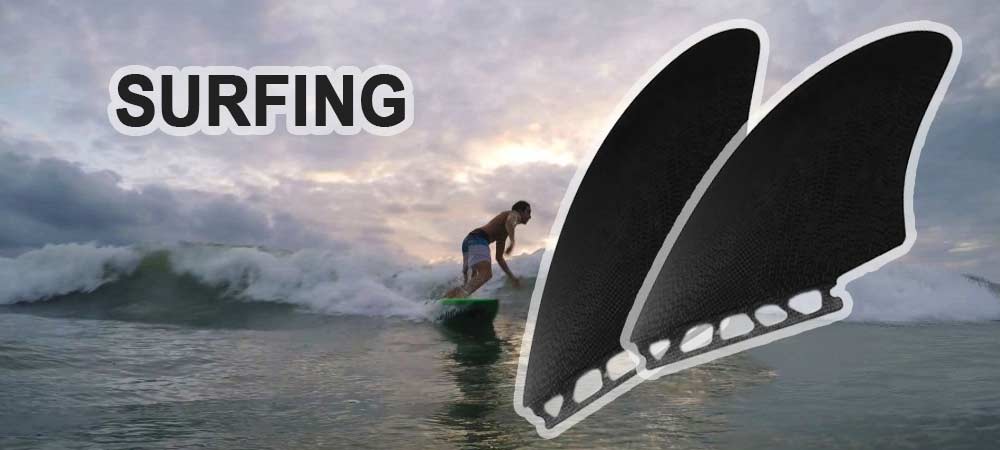
Surfboard Fin Size: A Closer Look at Surfboard Fin Sizes
Surfboard fins come in various sizes, and choosing the right size is crucial for achieving the desired performance on the waves. Let’s explore the different fin sizes and how they influence your surfing experience.
About Small Surf Fin
Small-size fins are typically shorter in length and are often used for smaller surfboard setups, such as fish boards or small wave boards. These fins provide less stability but greater maneuverability.
Generally, small fins are ideal for surfers who prioritize sharp turns and quick maneuvers. Their reduced size allows for more agility in the water, making it easier to pivot and change direction rapidly.
While small fins may not provide as much stability, they can enhance speed due to reduced drag in the water. This speed boost is particularly advantageous in small, mushy waves where maintaining momentum is essential.
Surfboards equipped with small fins often feel more playful and lively on the wave. Surfers can perform tricks and experiments with their riding style, thanks to the board’s increased responsiveness.
They typically range in size from around 2 inches (5 centimeters) to 4.5 inches (11.4 centimeters) in height. These dimensions are approximate, and the specific size may vary slightly depending on the brand and model of the fin.
Medium Surfboard Fin Size
Medium-sized fins are versatile and suitable for a wide range of surfboard types and wave conditions. The surfboard fin size is from 4.5 inches (11.4 centimeters) to 5.5 inches (14 centimeters), which offers a balanced blend of stability and maneuverability.
These fins are the jack-of-all-trades in the surfboard fin world. They are a safe choice for surfers who want to perform well in various wave conditions without sacrificing too much in any specific aspect.
Meanwhile, medium fins provide a good amount of stability, making them suitable for both beginner and intermediate surfers. They offer enough control to handle challenging waves while still allowing for maneuverability.
They offer a balance between control and playfulness. Surfers can execute turns and maneuvers effectively while maintaining a stable ride.
Large Surfboard Fin Size
Large surfboard fin sizes are longer and provide increased stability, which is from around 6 inches (15.2 centimeters) to 10 inches (25.4 centimeters) in height. They are commonly used in longboards and are suitable for larger, slower-moving waves.
Large fins excel at providing stability. They are ideal for surfers who want a secure platform on which to ride, making them suitable for noserides and classic longboarding.
With large fins, surfers can make controlled, sweeping turns. While they may not be as agile as smaller fins, they offer excellent directional control, allowing riders to maintain their line on the wave.
In slower-moving, classic longboard waves, large fins help maintain speed. They prevent the board from sliding out in critical sections of the wave, ensuring a smooth and graceful ride.
Surfboard fin size is a critical factor in tailoring your board to your riding style and the specific conditions you encounter. As you progress in your surfing journey, you may find that experimenting with different fin sizes can open up new possibilities for your surfing experience.
Types of Surfboard Fins: Choosing the Right Setup for You
Surfboard fins come in various types, each offering unique advantages and characteristics. Let’s explore the most common types of surfboard fins and their applications. Today we will tell you not only about the size but also the types.
Type1: Single Fin
The single fin setup consists of just one large central fin. It’s often used in classic longboards and retro-style surfboards. Single fins provide stability and a smooth, flowing ride, but they have limited maneuverability compared to multi-fin setups.
The single fins are synonymous with classic longboarding. They evoke a sense of nostalgia and offer a traditional, timeless feel to surfing. Meanwhile, it also provides exceptional stability, making them well-suited for beginners and riders who enjoy a relaxed, graceful style.
However, they are not designed for sharp turns or advanced maneuvers. Surfers who crave agility may find them less suitable. If you have requirements for this, please check as following
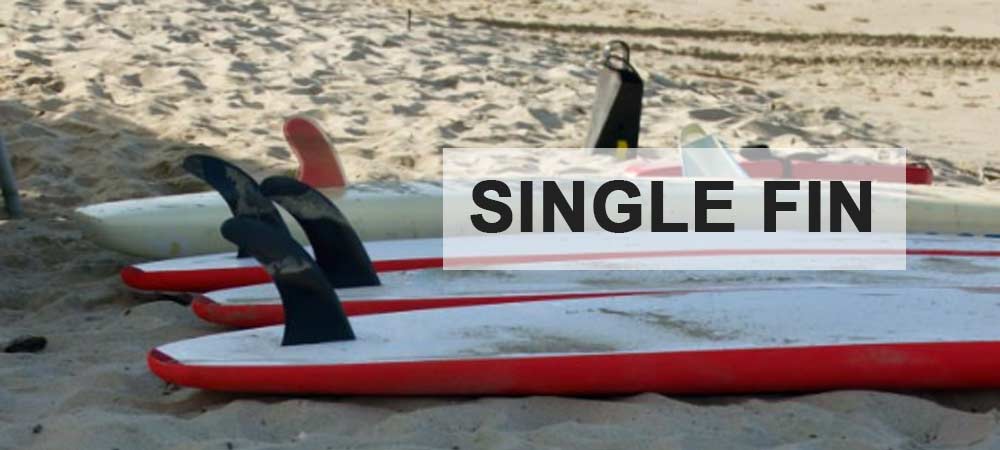
Type2: Twin Fin
Twin fin setups involve two smaller fins placed on either side of the tail. They are known for their speed and looseness on the wave, allowing for quick, agile turns. Twin fin setups are popular for small wave boards and retro-inspired designs.
People like them because of their speed and incredible agility, they not only create less drag in the water, allowing surfers to generate and maintain momentum with ease but also make them ideal for surfers who love to carve and perform snappy turns.
However, the twin fins can not provide good stability, which means the surfer will face challenges when they surf in the big wave.
Type3: The Thruster Fin
It is combined by three fins – one large center fin and two smaller side fins. This is the most common fin configuration in modern shortboards because it offers a good balance of stability, speed, and maneuverability and is versatile for various wave conditions.
In my opinion, thruster fins can become one of the most popular surfing fins because they are incredibly versatile and perform well in a wide range of wave conditions. And it allows surfers to make controlled, powerful turns, making them suitable for both advanced maneuvers and cruising.
But the three-fin type is still not the fast-speed fin, it will be slower than the twin-fin generally in a small-wave condition. While versatile, thrusters may not be the best choice for extremely large or hollow waves where other setups like quads excel.
Type4: Quad Fin
Quad setups consist of four smaller fins, typically two on each side of the tail. Quad fins are known for their speed and exceptional control in hollow and powerful waves. They provide a different feel compared to thruster setups and are favored by many advanced surfers.
Quad fins are among the fastest setups, providing excellent acceleration and maintaining speed in powerful waves, especially for the barreling waves. They can provide outstanding control, allowing surfers to make precise, high-speed turns.
While quad fins provide control, they may not be as agile as thrusters in smaller or mushy waves.
Type5: Five-Fin (5-Fin Setup)
The five-fin setup combines both thruster and quad setups by offering the option to use either three fins (thruster) or four fins (quad) in various combinations. This allows surfers to adapt to changing wave conditions and riding preferences.
- Versatility: Five-fin setups are incredibly versatile, offering surfers the freedom to switch between thruster and quad configurations. This adaptability makes them suitable for a wide range of waves.
- Performance Tuning: Surfboards equipped with five fins can be fine-tuned to match specific conditions and riding styles. For example, you can use a thruster setup for more control on big waves and switch to quads for added speed and maneuverability in smaller waves.
Considerations:
- Complexity: The versatility of five-fin setups can be overwhelming for beginners or those who prefer a more straightforward setup.
- Additional Cost: Owning multiple sets of fins can be costly, but it offers the benefit of customization.
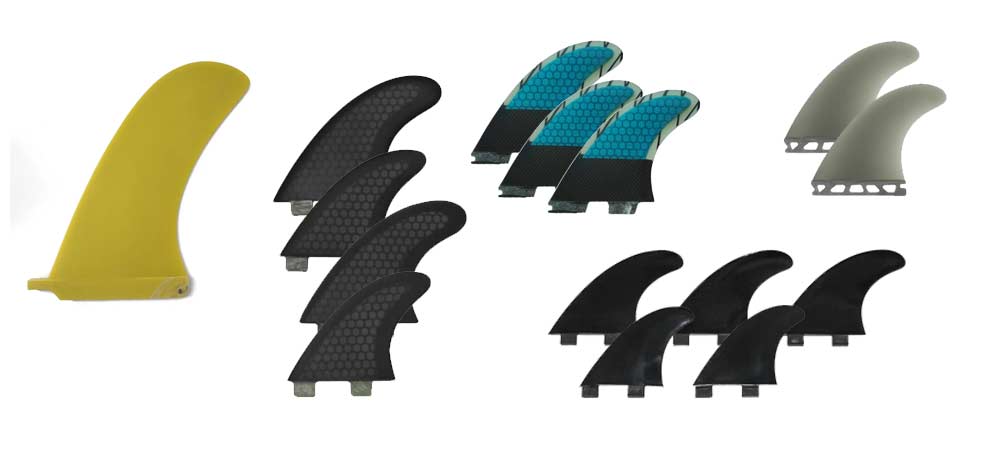
Conclusion: Finding Your Perfect Fin Setup
In the world of surfboard fin size and type are crucial factors that significantly impact your surfing experience. The right fin setup can enhance your speed, control, and maneuverability, allowing you to make the most of each wave you ride. Whether you prefer the classic stability of a single fin, the speed of a twin fin, the versatility of a thruster, or the power of a quad, there’s a fin setup that’s perfect for you.
As you progress in your surfing journey, don’t be afraid to experiment with different surfboard fin size & type. Surfing is as much about self-expression as it is about riding waves, and finding the perfect fin setup can open up new dimensions to your surfing style. So, grab your board, choose your fins wisely, and get ready for an unforgettable ride on the open ocean. Surf’s up!
If you are interested in more surfing knowledge or surf products, please check the link to see.

